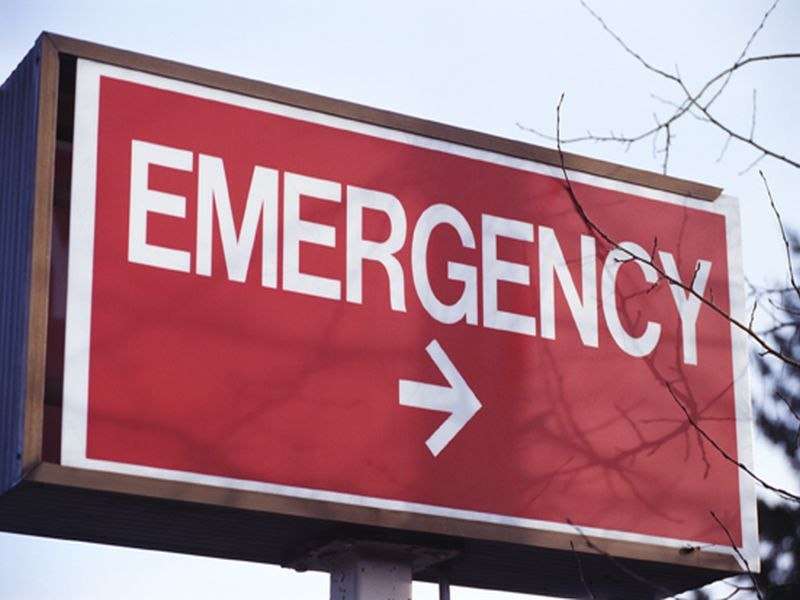(HealthDay)—A series of mystery patient drills was used to assess the emergency department response to patients with communicable disease of public health concern in New York City; the results were published in the Sept. 15 issue of the U.S. Centers for Disease Control and Prevention's Morbidity and Mortality Weekly Report.
Mary M.K. Foote, M.D., from the New York City Department of Health and Mental Hygiene, and colleagues describe the results of a series of unannounced mystery patient drills that were carried out during December 2015 to May 2016 to assess New York City emergency departments' abilities to identify and respond to patients with communicable diseases of concern to public health. In the drill scenarios, a patient presented with signs or symptoms and travel history consistent with possible measles or Middle East Respiratory Syndrome (MERS). Ninety-five drills (53 measles and 42 MERS) were performed in 49 emergency departments.
In 78 percent of drills, patients were masked and isolated. The researchers found that the median time from entry to masking and from entry to isolation was 1.5 and 8.5 minutes, respectively. There was variation among hospitals in their ability to identify potentially infectious patients and to implement the recommended infection control measures in a timely fashion.
"Drill findings were used to inform hospital improvement planning to more rapidly and consistently identify and isolate patients with a potentially highly infectious disease," the authors write.
More information: Abstract/Full Text
Journal information: Morbidity and Mortality Weekly Report
Copyright © 2017 HealthDay. All rights reserved.























